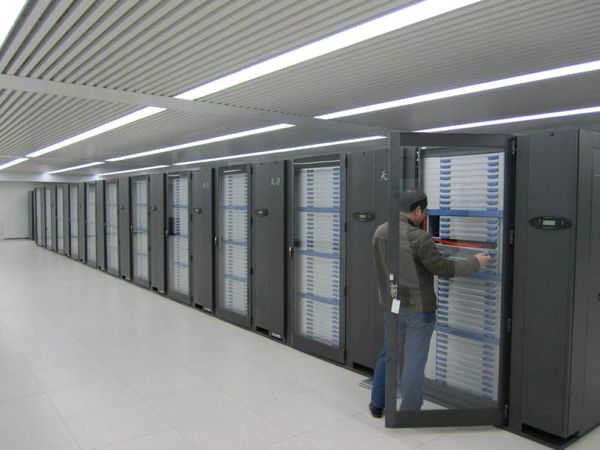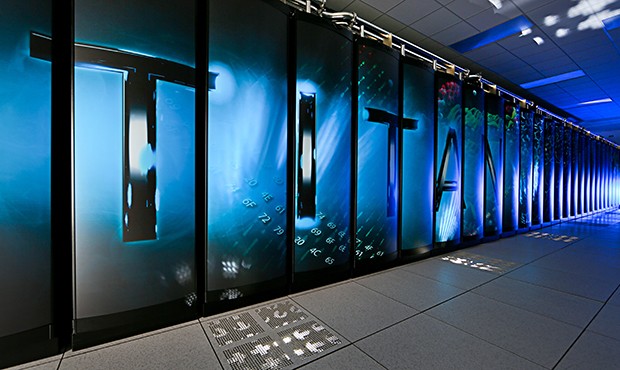 IBM Research, in collaboration with DARPA's Systems of Neuromorphic Adaptive Plastic Scalable Electronics (SyNAPSE) program, has reached another brain simulation milestone. Powered by its new TrueNorth system on the world's second faster supercomputer, IBM was capable of crafting a 2.084 billion neurosynaptic cores and 100 trillion synapses -- all at a speed "only" 1,542 times slower than real life. The abstract explains that this isn't a biologically realistic simulation of the human brain, but rather mathematically abstracted -- and little more dour -- versions steered towards maximizing function and minimizing cost. DARPA's SyNAPSE project aims to tie together supercomputing, neuroscience and neurotech for a future cognitive computing architecture far beyond what's running behind your PC screen at the moment.
IBM Research, in collaboration with DARPA's Systems of Neuromorphic Adaptive Plastic Scalable Electronics (SyNAPSE) program, has reached another brain simulation milestone. Powered by its new TrueNorth system on the world's second faster supercomputer, IBM was capable of crafting a 2.084 billion neurosynaptic cores and 100 trillion synapses -- all at a speed "only" 1,542 times slower than real life. The abstract explains that this isn't a biologically realistic simulation of the human brain, but rather mathematically abstracted -- and little more dour -- versions steered towards maximizing function and minimizing cost. DARPA's SyNAPSE project aims to tie together supercomputing, neuroscience and neurotech for a future cognitive computing architecture far beyond what's running behind your PC screen at the moment.
[Source: Engadget]


